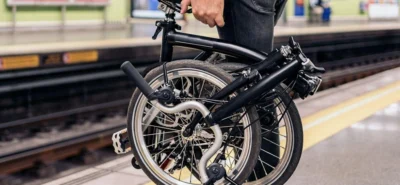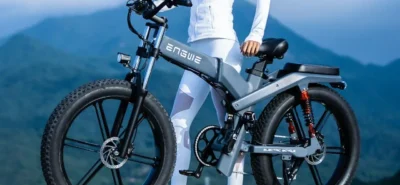
Which e-bike is right for me?
alphascootz20232025-04-29T08:58:55+00:00The triumphal march of e-bikes can no longer be stopped. Experts agree on that. In recent years, the segment of e-bikes experienced a real explosion. In hilly and mountainous regions, bikes supported by electric motors offer unimagined opportunities for all age groups and regardless of physical ability. Uphill’s can be conquered effortlessly, and even longer distances are no longer a problem. Accordingly, the range of e-bikes became large. Nowadays, it is almost impossible to keep track of all e-bike types and their field of application. Here we would like to bring some light into the dark and give you a brief overview of the wide range of different types.
1. Identify Your Riding Purpose:
Commuting: If you need a bike for daily commuting, look for a lightweight e-bike with a good range (20-50 miles), comfortable seating, and a rack or basket for carrying items.
Off-Roading: For trail riding or rough terrains, a mountain e-bike with a powerful motor (500W+), fat tires, and full suspension will be ideal.
Recreational/Leisure Riding: A cruiser or hybrid e-bike with a comfortable seat, moderate power, and easy handling would be best for casual rides.
2. Consider Your Terrain:
Flat City Roads: If your route is mostly flat, a standard e-bike with a 250W motor should suffice.
Hilly Areas: For hilly terrains, consider an e-bike with a more powerful motor (500W+) and higher torque (50Nm+).
3. Determine the Battery Range:
Think about how far you typically ride in a day. If your rides are longer, choose an e-bike with a larger battery capacity (e.g., 500Wh or more) to ensure it can cover the distance on a single charge.
4. Choose the Right Frame and Size:
Ensure the frame size suits your height for comfortable riding. Also, consider whether you need a step-through frame for easier mounting and dismounting.
5. Select the Right Features:
Pedal Assist vs. Throttle: Decide if you prefer a bike that assists while you pedal (pedal-assist) or one that allows you to ride without pedaling (throttle).
Suspension: Full suspension is best for rough terrain, while front suspension or no suspension is fine for smoother roads.
Brakes: Opt for hydraulic disc brakes for better stopping power, especially in wet conditions.
6. Set a Budget:
E-bikes range from £1,000 to over £5,000. Determine what features are most important to you and set a budget that matches those needs.
7. Consider Local Regulations:
Check the laws in your area regarding e-bike usage. Some regions have restrictions on motor power or where you can ride.
8. Test Ride:
Always test ride a few models to see which one feels the best in terms of comfort, power, and handling.
Example Models:
For Commuting: Rad City 5 Plus (comfortable, good range, and urban-oriented features).
For Off-Roading: Specialized Turbo Levo (high power, full suspension).
For Leisure: Avenson Level (affordable, comfortable, with decent power).
By considering these factors, you can narrow down your choices and find the e-bike that perfectly matches your needs.







